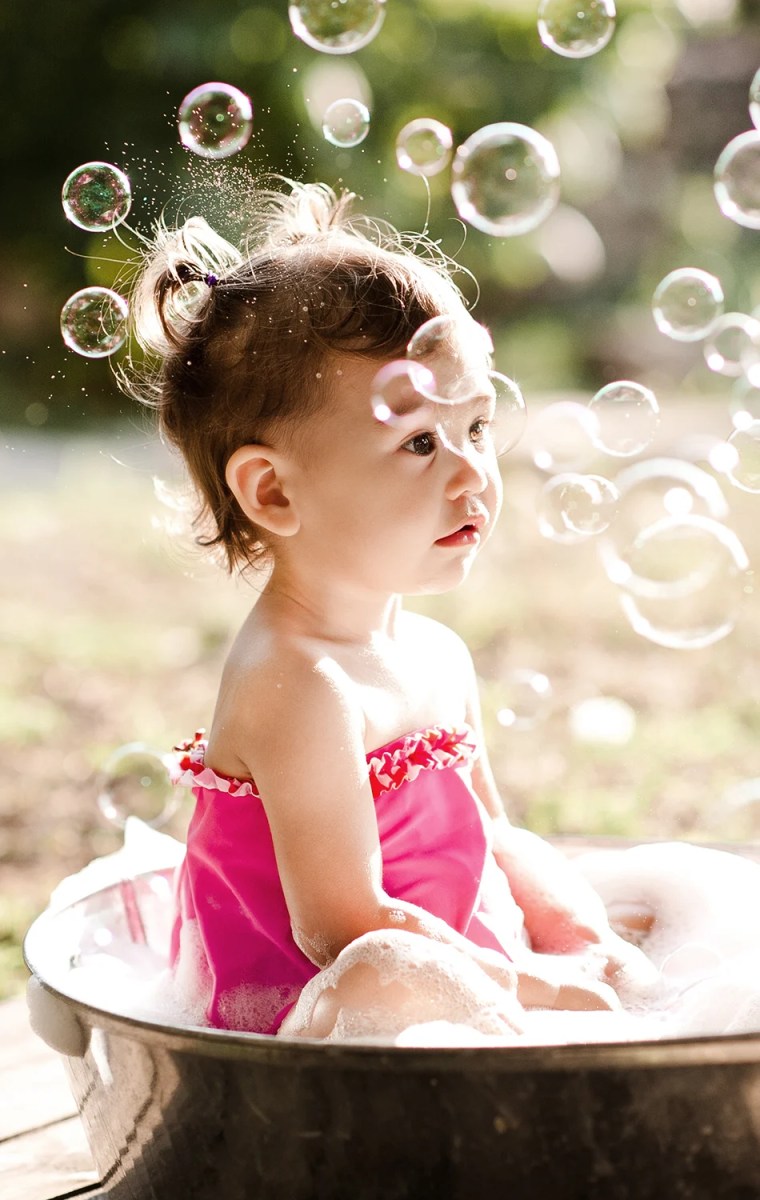Your cart is currently empty!
At the 10 month milestone mark, your baby’s pincer grasp is pincing. But what does that mean?
Here’s What You Need To Know:
- Your baby is mastering the pincer grasp.
- They are developing object control.
- Messy eating is really messy, but an important step in development.
- Your little one is interested in toys, but having a difficult time grabbing them.
- They are standing, stacking, and kicking things over!
- Your mini can bust into squats from a standing position.
- Your baby can move to only one nap per day.
Baby’s First Rubik’s Cube:
Physical challenges at this age help your baby’s entire brain develop. A study at the Norwegian University of Science and Technology found that as babies become more mobile and gain new skills, their brain activity significantly rises. The development of cognition, sensory and motor skills happen in tandem, so stimulating the whole body physically helps baby develop cognitively, as well.
So get out there, take your babe on a walk, play games with them, and read them books. Roll in the grass together and help them explore their environment, physically and through their senses.




1. Your Baby’s Brain
Your babe is learning to control objects between their thumb and index finger (aka the pincer grasp). As their fine motor skills develop, they will enjoy playing with their food, which makes it a great time to introduce more finger foods! They’ll also find fun in poking objects and putting them into containers. You’ll notice that your child can release objects into your hand upon coaxing, which is a pretty neat trick and will come in handy when they grab your hair.
2. Your Baby’s Tummy
Your baby’s tummy is a tiny tank, so aim to use the space efficiently. By pairing nutrients together, you ensure maximum absorption. At the 10 month milestone, you’ve likely introduced finger foods and are engaging in some self-feeding. Expect food all over the floor and a messy high chair.
Messy eating is an important step in development. It means you’re on the right (albeit filthy) track. Might be time to invest in a family dog to scarf up all the food scraps.
3. Your Baby’s Eyes:
At 10 months, your baby can move their eyes diagonally. Those “shifty” eyes are looking at toys with a different level of fondness than before. At this age, your baby will form preferences for certain objects and play with them in more complex ways than less-preferred toys.
4. Your Baby’s Muscles:
A study at the Norwegian University of Science and Technology found that as babies become more mobile and acquire new skills, their brain activity significantly rises. This is especially true at the ten-month milestone mark. The development of cognition, sensory and motor skills happen in tandem, so stimulating the whole body physically helps baby develop cognitively, as well. Hugging also helps. Studies have shown that the DNA of infants with less physical contact showed signs of underdevelopment years later.
And with their new muscles, they can hug you back – but it also means they can kick. Kicking or hitting toys means your baby wants it, but isn’t sure how to get it. Baby gyms are great at this age, since they can feel a sense of accomplishment through kicking.
Fine vs. Gross Motor Skills
Fine motor skills involve manipulating objects using the smaller muscles of the arms and hand. Gross motor skills begin with your baby mastering control of their head and then progressing to rolling, sitting, crawling, standing, and walking. Often parents fixate on gross motor skills because they seem like an obvious indicator of neurological development. However, every child develops at their own pace.
As these fine motor skills develop, your baby will enjoy playing with their food, which, again, makes it a great time to introduce more finger foods. Learn about our Bites and Puffs here.
Squeeze Cheeks, Not Pouches
Squeeze pouches offer a convenient blend of healthy produce in a mess-free form. However, some health professionals are cautioning against regular feeding of squeeze pouches. They suggest that reliance on pouches can delay developmental skills, interfere with normal feeding skills, and result in picky eaters later on. The packaging also doesn’t allow children to use their senses of sight, smell, and touch during feeding. Food offers babies the chance to explore colors, textures, and shapes – all important factors in normal sensory development. Save squeeze pouches for times when you’re on the go or traveling.

Summary
10 months is a fun age! At this stage, your baby is making huge developmental leaps towards walking and feeding themselves. They can stand up unassisted, possibly take a few steps, and may even say their first word.
Your little one;’s personality is starting to show, as they are developing specific preferences. This can also be when separation anxiety rears its ugly head.











